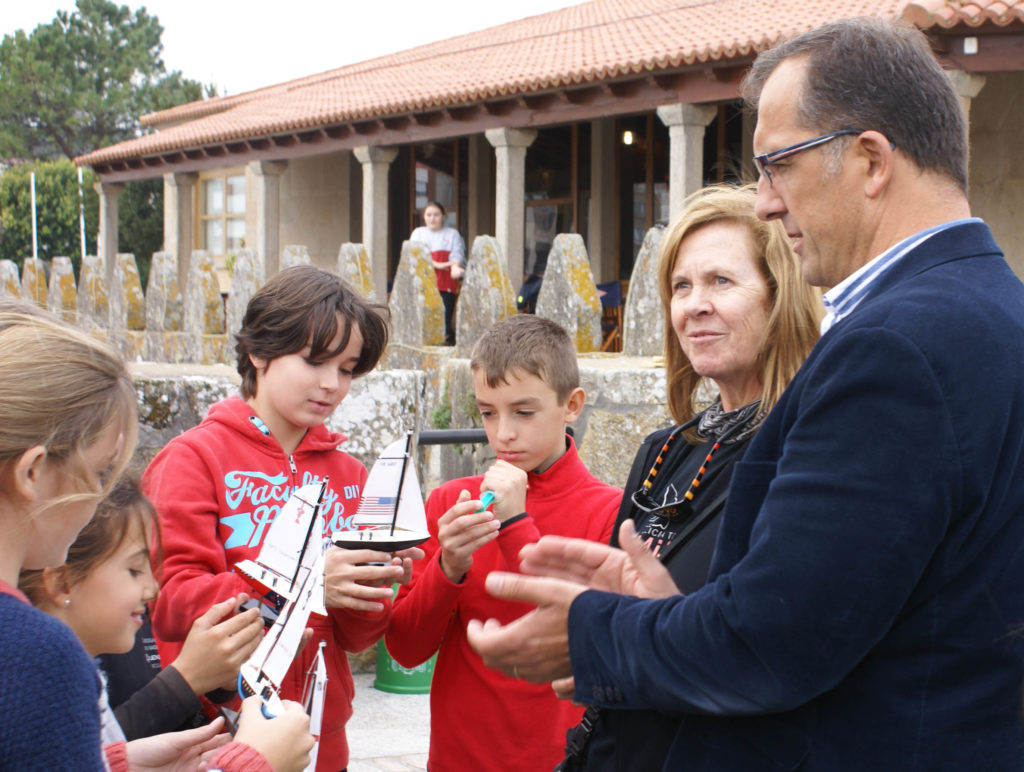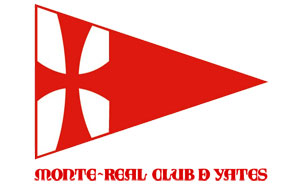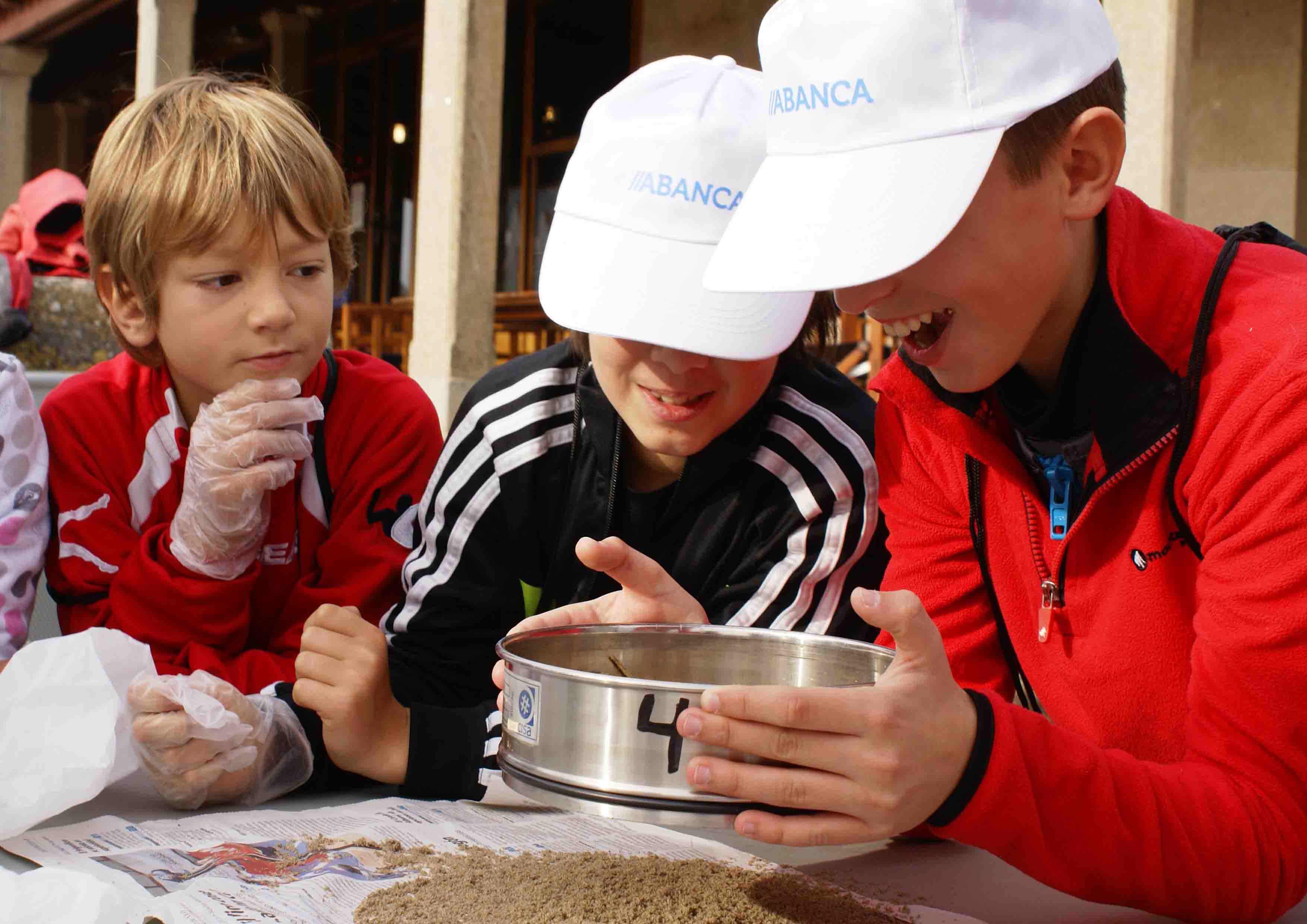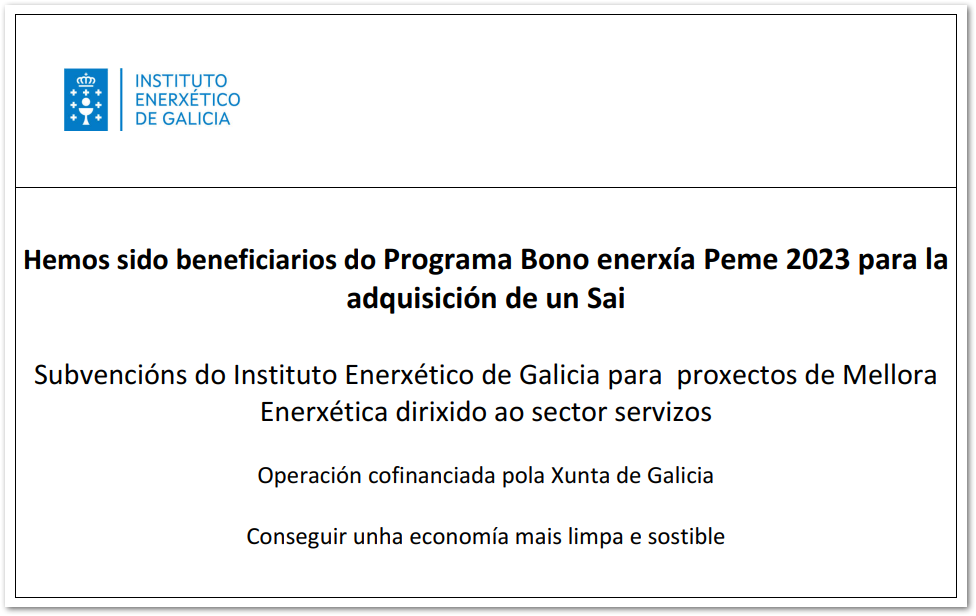· The Monte Real Yacht Club organized this Saturday the “I Environmental Awareness Workshop on the impact of plastic in the marine environment”
· The objective of the activity was to make future generations aware of the need to reduce the use of plastics to avoid the damage they cause
· With sieves and binocular loupes, the participants discovered the reality of microplastics that most of them were not aware of
· The workshop was held thanks to the collaboration of the University of Vigo and the Baiona council and with the involvement of companies such as ABANCA and Gadis
Twenty boys and girls from different schools in Baiona participated this Saturday in the “I Environmental Awareness Workshop on the impact of plastic on the marine environment. Behind the plastic footprint”, an initiative organized by the Monte Real Yacht Club to make children aware of the repercussions that plastics generate in marine ecosystems.
The figures make it very clear. According to UN data, more than 100,000 species die each year from the plastic that pollutes the sea, and it is estimated that within 30 years there will be more plastic than fish in the sea. Some of these plastic residues are visible to the human eye (macroplastics), but to see many others (microplastics and nanoplastics) you have to use magnifying glasses and microscopes.
And that is precisely what the participants in the workshop organized by Monte Real in collaboration with the University of Vigo and the Baiona City Council, and the involvement of ABANCA and Gadis, did this Saturday. After receiving an explanation about the types of existing plastics, their production and their impact on the planet, the children went to the beaches of A Barbeira and A Ribeira to identify and collect them.
They collected more than 8 kilos of plastics and discovered microplastics (of which most of them were not aware of their existence) in the sand with laboratory materials donated by the University of Vigo such as sieves and binocular loupes.
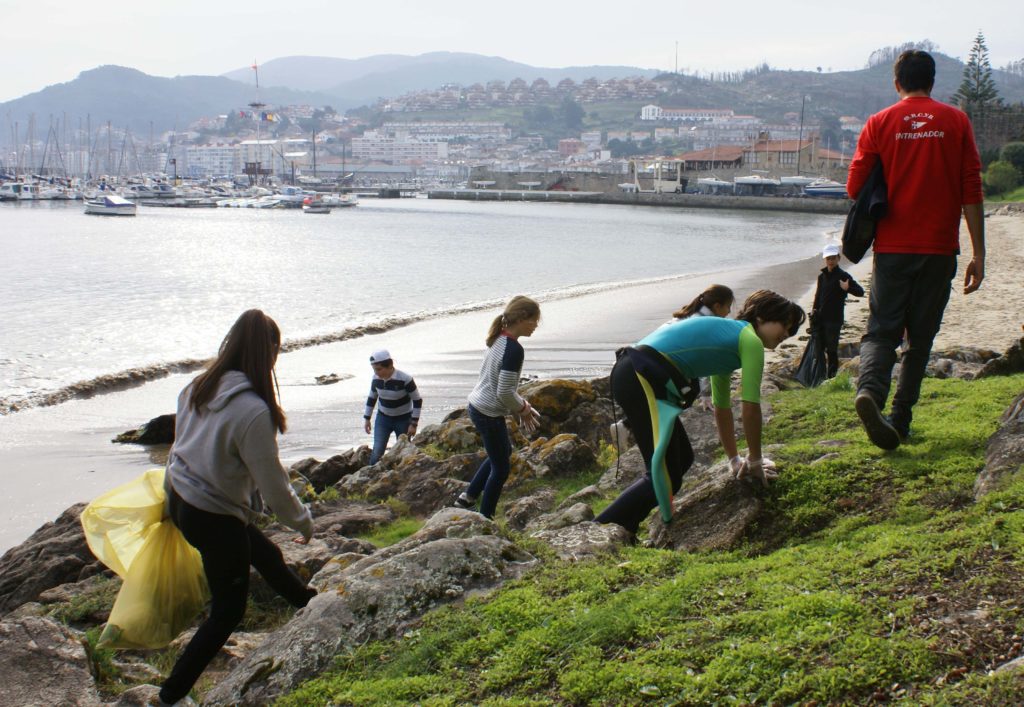
This is the name given to plastic particles that are less than 5 millimeters in size and that are, for the most part, undetectable to the naked eye. Those that drift on the beaches are those that the sea itself expels, after having naturally crushed and degraded the plastics that end up in it. They are barely visible as they blend in with the sand, but they are there, and in recent years, researchers have begun to alert society to their terrible consequences.
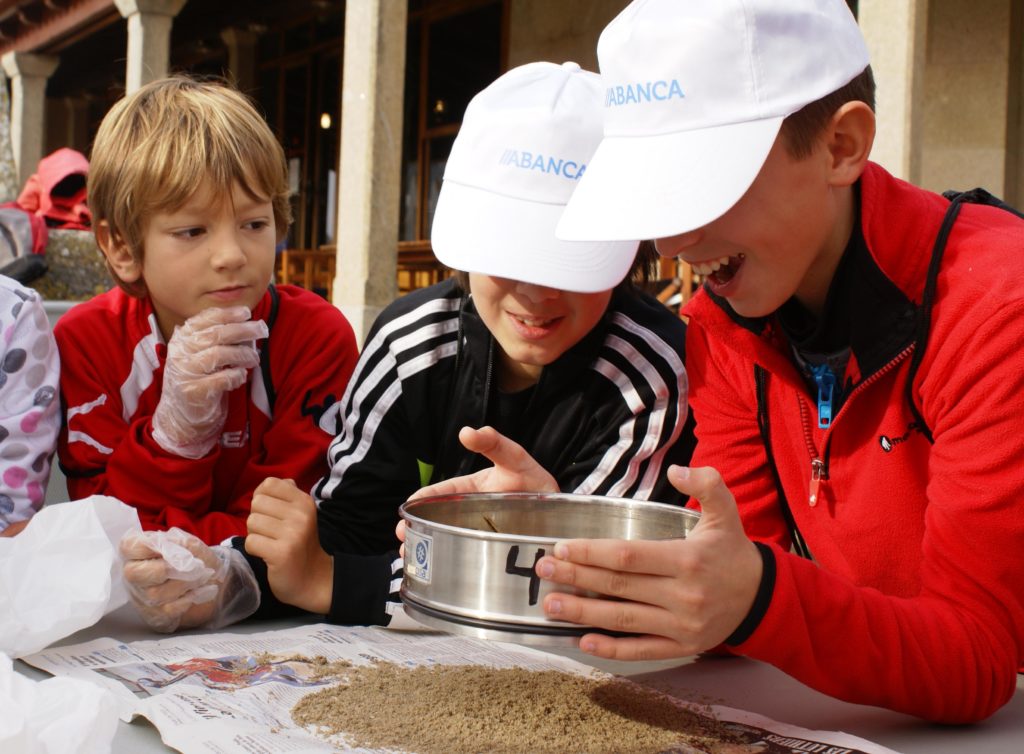
One of the first measures that must be applied to reduce the presence of plastics and microplastics in the marine environment is to reduce the dependence and use that human beings have of plastics.
The “I Environmental awareness workshop on the impact of plastic in the marine environment. Following the footprint of plastic” Taught by the graduate in Marine Sciences and researcher on marine pollution, Noelia Estévez, it ended with an award ceremony for the participants, in which the mayor of Baiona, Ángel Rodal, participated; and ecological and sustainable food, with local products and reusable packaging.
